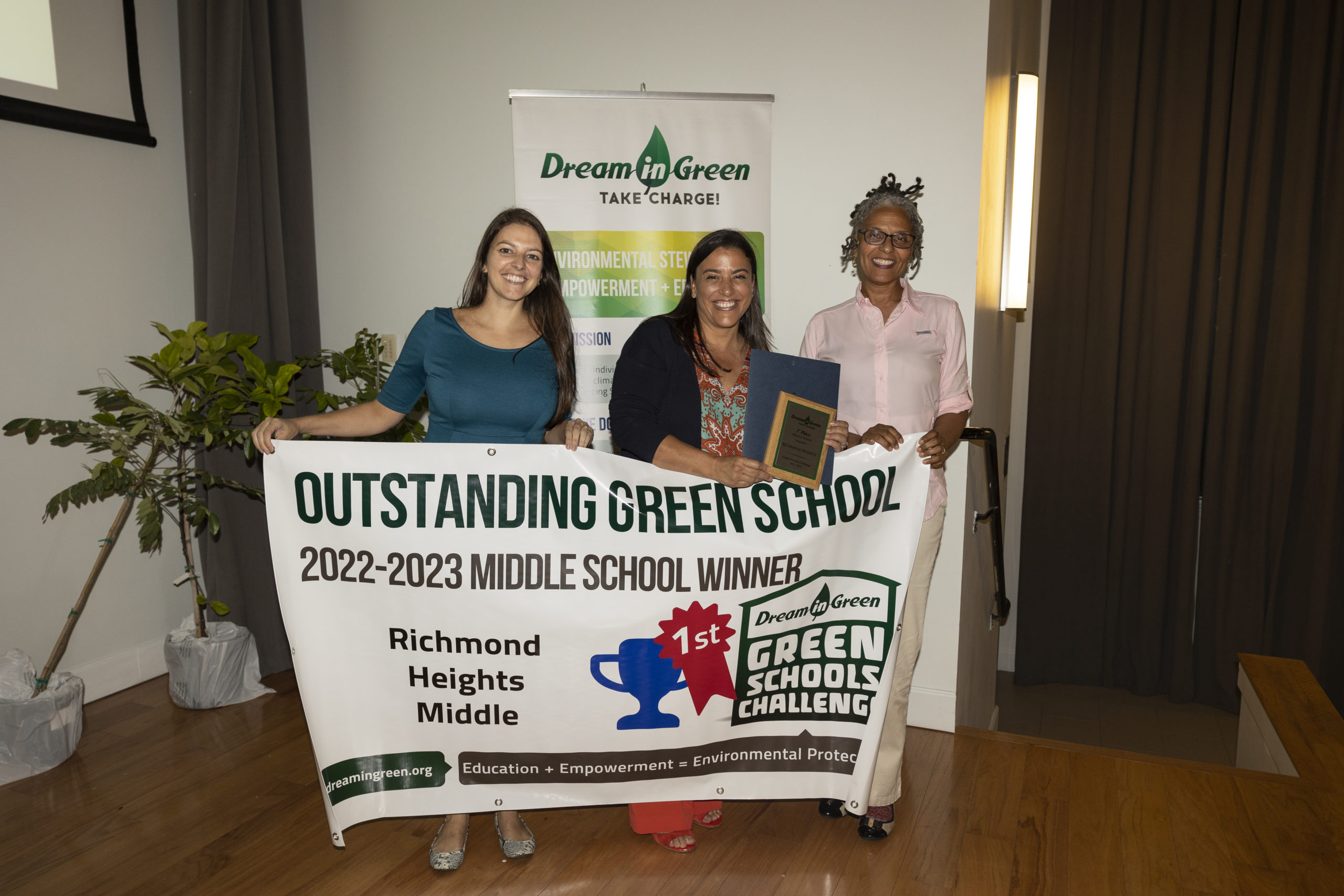Many friends who are not involved with non-profits find it difficult to understand how integral non-profits are to the overall functioning of the economy and community wellbeing. Frequently the value and work of non-profits for economic and community development, particularly that of smaller, more local organizations, is underestimated. While the good work of these organizations is recognized, their contribution to the economy is not acknowledged nor is the connection understood. In reality, they provide a source of employment and income which directly stimulates facets of the economy in the same way as for-profit organizations. Non-profits’ vast economic contributions are evident in the United States’ GDP where, according to US Bureau of Economic Analysis, the they account for 5.3 percent of the GDP in 2014 – the equivalent of $805 billion. Furthermore, according to The Nonprofit Almanac, non-profits accounted for 9.2 percent of all wages and salaries paid in the United States.
There are over 1.5 million non-profits in the United States which include public charities, private foundations and other types such as chambers of commerce and civic leagues. Non-profits vary in size and nature, and of the total amount, three-quarters (almost 1.2 million) have annual budgets under $1 million, and most are even smaller, according to Urban Institute National Center for Charitable Statistics. The ‘small’ organizations are typically local in nature and respond to a particular and pressing community need or issue. While their impact to local cities and communities is critical, they are “small” in budget and staff size.
In 2013, total private giving from individuals, foundations, and businesses increased to just over 4 percent from 2012 after adjusting for inflation. According to Giving USA Foundation, total charitable giving increased for the fourth consecutive year in 2013. Given their economic and local community impact, and increased charitable giving, why do smaller non-profits have such a difficult time securing sustainable funding to maintain and grow their programs?
Dream in Green (DIG) is an award-winning, Miami-based non-profit organization whose mission is to develop and implement environmental education programs that promote environmental sustainability and raise awareness and deepen understanding of the energy, climate change and environmental issues that are confronting South Florida and global communities. DIG’s flagship program, the Green Schools Challenge (GSC), directly reaches over 10,000 students, 1,000 teachers and administrators, and 51 facilities personnel annually. Since 2006, the GSC has saved approximately $1.84 million in energy costs while conserving 16.9 million kilowatt hours of electricity, and reduced 25.7 million pounds of carbon emissions equivalent (or CO2e) – which is the same as taking 1,605 homes off the electricity grid for an entire year.
Despite significant impacts of the GSC in schools and the community, in 2013 DIG found itself with one staff member and two weeks away from closing its doors. Fortunately, due to a great idea and strong partnership with Miami-Dade Water and Sewer Department, the US Environmental Protection Agency (EPA) selected DIG’s grant proposal out of 83 in the Southeastern US to fund the implementation of the Water and Energy Learning and Behavior Program (WE-LAB). This grant award, in addition to Miami-Dade County’s award of community based funding for environmental education, ensured DIG’s continued operations for two additional years. This type of scenario or story is not unique to DIG, and is all too common for smaller non-profits. But as we learned through the most recent economic down-turn, smaller non-profits cannot and should not solely rely on government funding as their main source of revenue and adaption is critical.
Funding streams vary from governmental grants, corporate sponsorships, fundraising events, donations from individuals and memberships. Sustainable funding is a major challenge as non-profits do not sell a product or service as corporations do. Achieving financial sustainability is a key goal of any nonprofit but it’s a daunting challenge and very specific to each organization. Why is sustainable funding a challenge? It comes down to two reasons: 1) increasing competition for grants, 2) waning year-to-year funding from government and corporations.
Having worked in the non-profit sector for most of my professional career, I have come to realize that the survival of a non-profit in a competitive environment is not easy. People come and go, and programs are born and quickly come to an end. Intense competition not only exists in the business sector, but the level of competition in the non-profit sector is tough given the limited funding opportunities available and the tedious application process. And this seems to apply to all funding sources:
- Government grants – The grant application process is increasingly demanding and may take up to a month of staff member’s time. Moreover, Federal agencies often have criteria which do not allow for an organization to apply for program funds if they have previously received a grant for that same program. Add to this the highly competitive environment in applying for government grants. In 2013, DIG competed against 83 other organizations for the Environmental Protection Agency’s (EPA) Environmental Education Local Grant, and was selected as the only recipient in the EPA’s Southeast Region. This year, the competition for the grant program, which is for significantly less money, is anticipated to be much greater. Local government funding is also equally competitive.
- Foundation grants – Another situation is the uncertainty behind the funding provided by foundations to local non-profits. Funding from foundations is now spread thinly due to the increasing number of non-profits applying for the same pool of money. This can mean that funding is not available for any organization on a continual, yearly basis. You can have the greatest idea and submission, but there is no guarantee that the project will be funded. In fact, it may not even be considered simply because of the vast amount of submissions received by the foundation.
- Corporate sponsorships – We find a large number of corporations with strong philanthropic principles and with a giving department which supports local non-profits work. The days of making a simple yet compelling request, though, are long gone. Most corporations, if not all, now require donation or sponsorship solicitations to be made through an application process much like that of grants. Understandably so, the process oftentimes requires that a non-profit’s mission be aligned with the corporation’s strategic goals, which can greatly limit sponsorship opportunities for issue-focused smaller non-profits like DIG. While in the past, small non-profits could count on one entity’s corporate giving from year to year, the current process of securing sponsorships no longer integrates a long-term giving mechanism. This new reality makes it more difficult for local non-profits to rely on corporate sponsorships as a sustainable funding source.
All these funding constraints heighten the financial risks small non-profit are faced with and make it extremely difficult to grow programs that are making a real impact in our community. Imagine how much time in a workday must be allocated to fundraising, while still devoting time to program implementation.
So how are small non-profits meant to grow if program funding is not available on a year to year basis, if funding is discouraged for the same program, and if there’s only a 50-50 chance of obtaining the grants it applies for?
Towards sustainable funding
Although Dream in Green is working towards a sustainability model that will ensure the continuity and growth of its programs, there are several examples of collaborations that provide important pointers, including:
- STS Recycling, a local electronics recycler, has offered the dollars it obtains from the recycling of ink cartridges and toners from another recycler on a continual monthly basis;
- Florida City Gas has offered continual funding every six months to participate in its programs.
- Year-to-year funding from local corporations and foundations such as Stearns Weaver Miller, Covanta Energy, Edward S. Moore Family Foundation, Baptist Health, and TD Charitable Foundation.
Yet these funding opportunities represent only about 10 percent of the non-profit’s total income flow which brings us back to the question of how small non-profits survive.
There are ways of strengthening a small non-profit’s financial base in the path towards financial sustainability including:
- following funding opportunities by keeping informed
- establish an organized sponsorship tracking system
- encourage board member participation and engagement
- think outside the box for new project ideas
- participate in different fundraising opportunities and activities
- engage and develop relationships with mission-focused donors who are passionate about your mission
- make your organization more visible in your community
Towards a giving culture
Since non-profits cannot rely solely on government grants and corporate sponsorships for their funding, the generosity of individual donors is key. Imagine a world where people regularly give part of their income to non-profits for community development? The Giving Pledge campaign launched by Bill Gates and Warren Buffet in 2010 calls on the world’s 1,800 billionaires to donate the majority of their wealth to worthy causes. Why not launch a Miami-wide Giving Pledge initiative that calls on citizens to give up to 5 percent of their annual income? In my opinion, changing the culture of a city to one of giving should be top of the agenda, and in we are making positive steps towards that. The Miami Foundation, through Give Miami Day, has taken the lead in changing the giving culture of our city by encouraging individuals and corporations to give once a year to the non-profit of their choice. Funding raised through this initiative has increased dramatically, from $1.2 million in 2012 to $5.2 million in 2014. In just one day, 520 non-profits are impacted.
It was once suggested to me that instead of giving out business cards with contact information, we provide cards that list the initiatives we’re actively supporting within our communities. I believe this is to be a great idea with a positive message. Have you asked yourself, what initiatives you are involved in? What cause are you contributing to?
According to DIG Co-Founder, Nick Gunia, “the vulnerability of our community to the harmful effects of climate change should spur action not only in terms of conservation, renewable energy, etc. in our daily lives, but also in terms of supporting organizations that raise awareness about the importance of doing so. From this standpoint, giving to DIG and other environmental education organizations is more about self-interest and self-preservation than charity.” (April, 2015)







